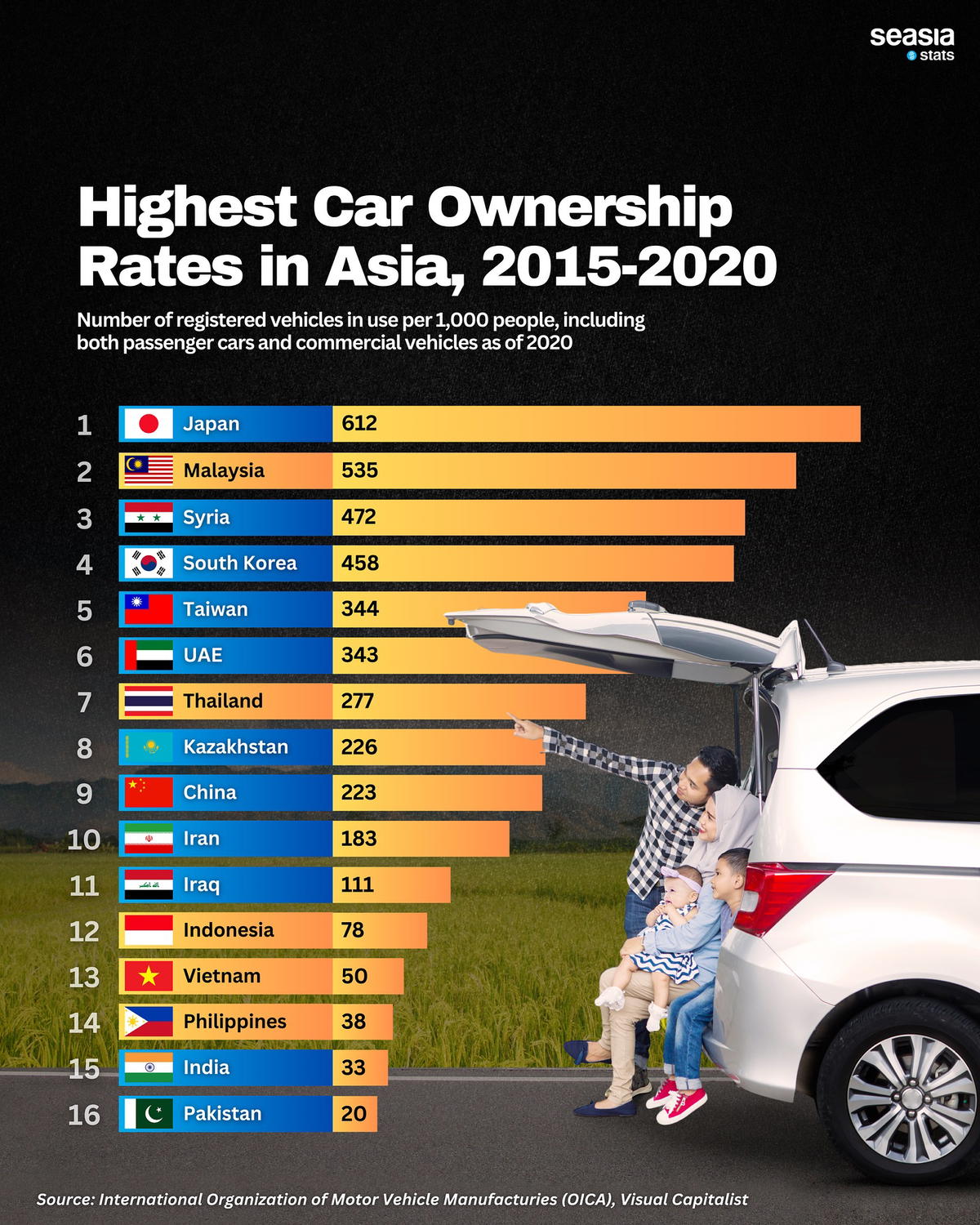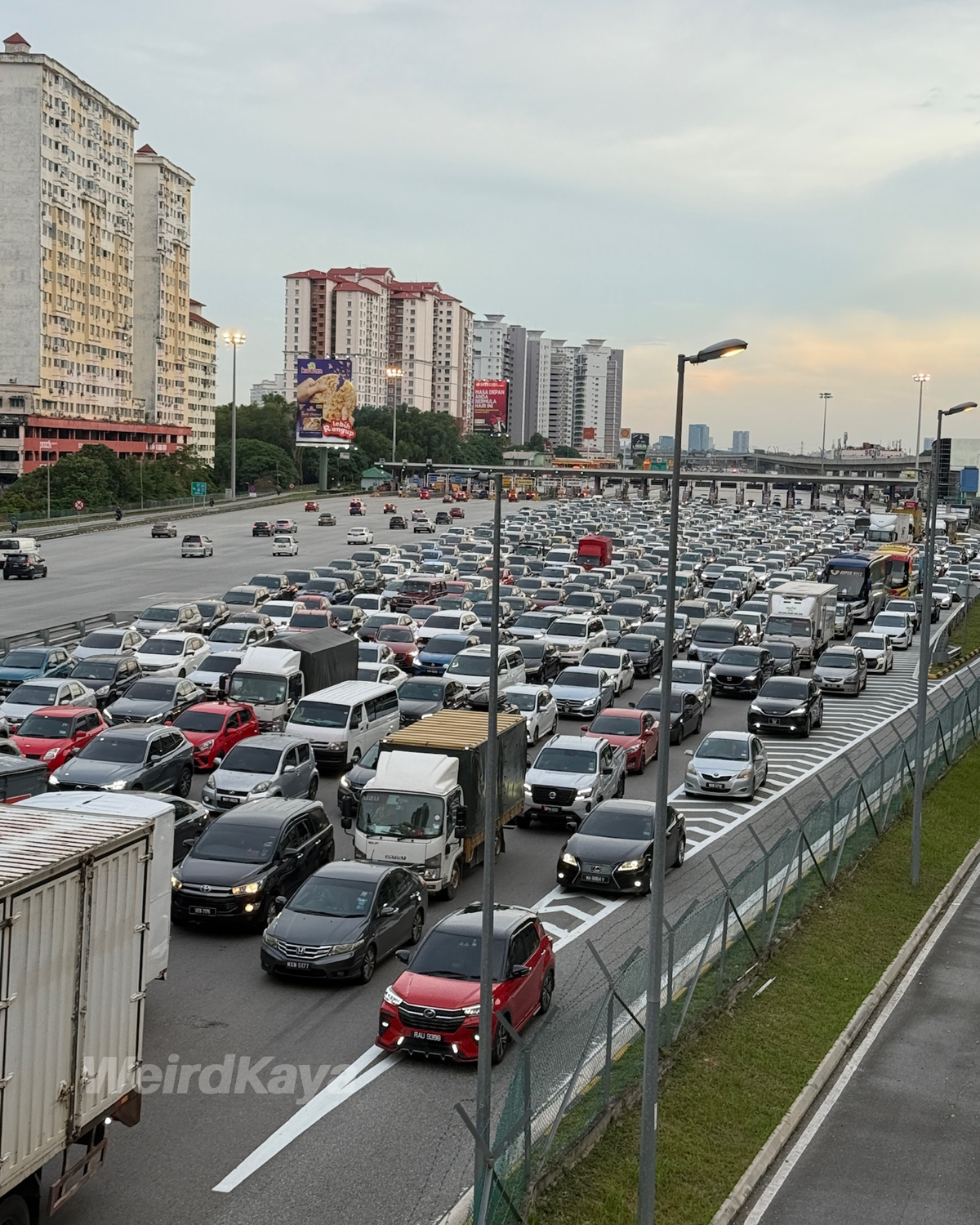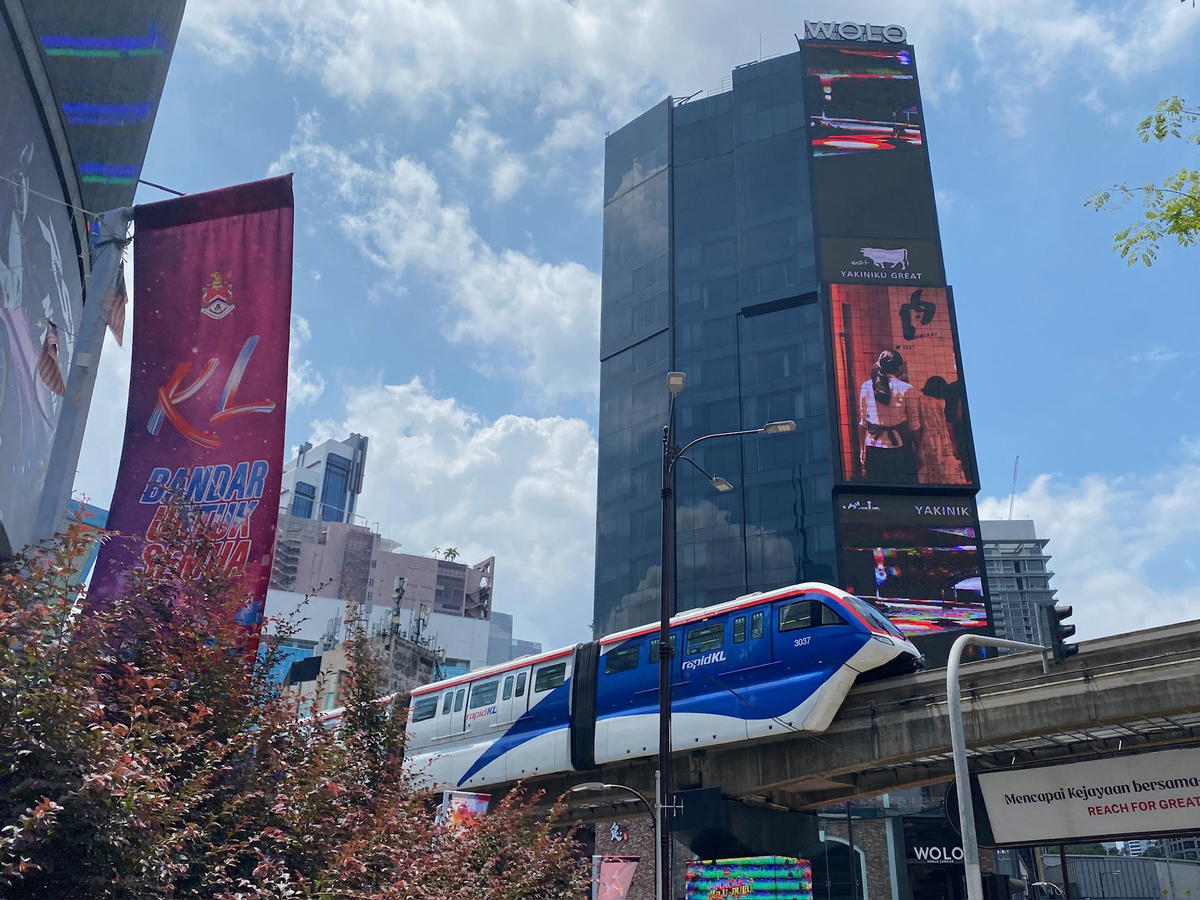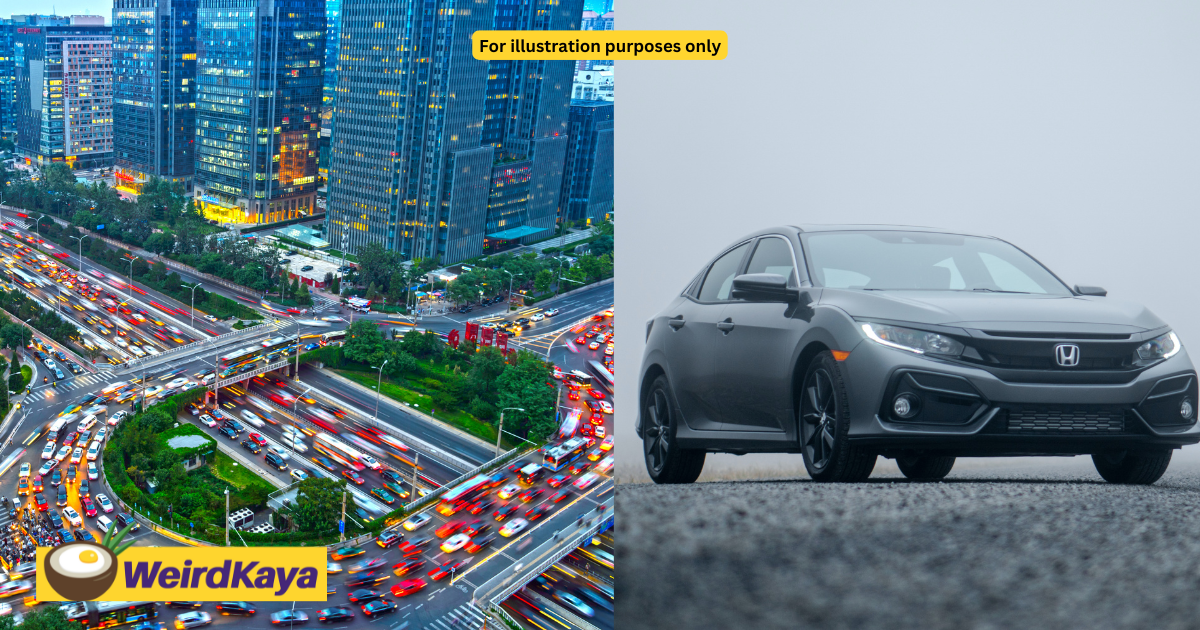In Malaysia, owning a car isn’t just common. It’s almost expected. The moment you start working or get your licence, having your own set of wheels quickly becomes part of the plan.
But behind that sense of freedom lies a bigger story: what happens when nearly everyone’s on the road at the same time?
According to Seasia.co, Malaysia now ranks as the second highest country in Asia for car ownership, with 535 vehicles for every 1,000 people, second only to Japan.

The difference? Japan has infrastructure built to support that level of traffic. In Malaysia, however, our roads are starting to feel the pressure.
The numbers don’t lie
In 2024, a Rakuten Insight survey revealed that 73% of Malaysians own a car, highlighting just how deeply rooted personal vehicle ownership is in our lifestyle.
And the trend shows no signs of slowing. As of February 2025, data from data.gov.my showed that 113,136 new private vehicles had already been registered this year.
Local favourites Perodua and Proton led the pack, with 54,627 and 20,756 units respectively. Toyota (15,407) and Honda (10,866) followed closely behind.
Why so many Malaysians own cars
According to Associate Professor Dr. Law Teik Hua from Universiti Putra Malaysia (UPM), the surge in car ownership is fuelled by relatively low petrol prices and affordable local car options, which make owning a car more accessible to the average Malaysian.

People aren’t buying cars just because they want to. They’re buying them because they feel like they have to,” he told Harian Metro.
And for many, he’s right. In areas where public transport is limited or unreliable, a car isn’t just a convenience. It’s a necessity.
With more cars on the road, it’s no surprise that traffic congestion is getting worse. This is especially true in hotspots like Klang Valley, Penang, Johor Bahru, and Melaka.
Dr. Law explained that Malaysian roads often have to accommodate motorcycles, lorries, and cars all at once, and they just weren’t built to handle this kind of volume.

Infrastructure in these areas hasn’t expanded fast enough to keep up with the increasing number of vehicles. This leads to frequent bottlenecks, especially during peak hours,” he said.
As residential areas grow and cities become denser, the pressure on our roads continues to mount.
Why aren’t more people taking public transport
That’s the thing. It’s not always an option. While MRT and LRT systems have expanded over the years, many areas still lack proper access to reliable, connected public transport.
When the buses or trains don’t take you where you need to go, driving becomes the only realistic choice,” Dr. Law pointed out.
And with most job opportunities concentrated in city centres, it’s no wonder so many people are stuck in the same traffic at the same time every single day.
What needs to change?
Dr. Law believes the key is to improve public transport and make it a real alternative, not just a backup plan.
Expanding bus, MRT, and LRT coverage to reach more areas would give people better options and reduce dependence on private vehicles,” he said.
He also highlighted the need to upgrade road systems, solve bottleneck issues, and promote carpooling, which could help reduce the number of vehicles on the road.
Another idea is to use smart traffic light systems that adjust in real time based on traffic flow. This could improve both safety and efficiency.
Thinking long term: Decentralise everything
Beyond quick fixes, Dr. Law suggests a bigger picture solution. This includes developing job opportunities and improving infrastructure in areas outside of major cities.
If people have good reasons to live and work outside of the Klang Valley, they won’t need to drive into the city every day,” he said.



